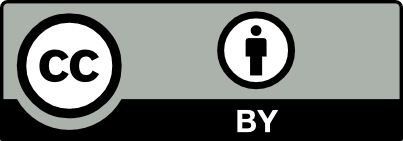TEXTILE PRETREATMENT ALTERNATIVES: INTEGRATED METHOD OF SCOURING-BLEACHING AND CHEMICALENZYMATIC BLEACHING, EVALUATION AND COMPARISON WITH THE CLASSICAL METHOD
Abstract
Pretreatments were made to a Pima cotton jersey knit with yarn number Ne 30/1, with two processes: scouring and bleaching to obtain a hydrophilic material with a whiteness degree that allows dyeing of light colors and whites. The trials were developed at a laboratory level at the National University of Engineering (Textile Laboratory No. 24) using beakers and manual agitation, dyeing was executed on the Conmatex machine with vertical movement and to evaluate the degree of whiteness, the spectrophotometer (Datacolor 550, software Color Tools versión: 1.1.1) was used. Three bleaching processes were carried out: classical (referential) consisting of separate scouring and bleaching stages, integrated that considers scouring and bleaching in a single bath and enzymatic where the enzyme activates the formation of peroxide and has a previous scouring phase. When evaluating absorption and capillarity, it is concluded that the enzymatic method has similar results to those of the classical method and better results than the integrated method. The weight loss of classical and enzymatic methods is greater than the integrated method due to the previous scouring phase. The best values for the degree of whiteness were achieved by the classical method followed by the enzymatic method and the dyeing test proves that the colors obtained from both methods are within an acceptable range. The impact on the effluents measured through BOD5 registered lower values for the enzymatic method.
Downloads
Copyright (c) 2019 Sociedad Química del Perú

This work is licensed under a Creative Commons Attribution 4.0 International License.
Revista Arbitrada
Derechos reservados: Prohibido el uso total o parcial del material de esta revista sin indicar la fuente de origen.
Nota: Las referencias comerciales que aparecen en los trabajos no constituyen una recomendación de la
Sociedad Química del Perú










